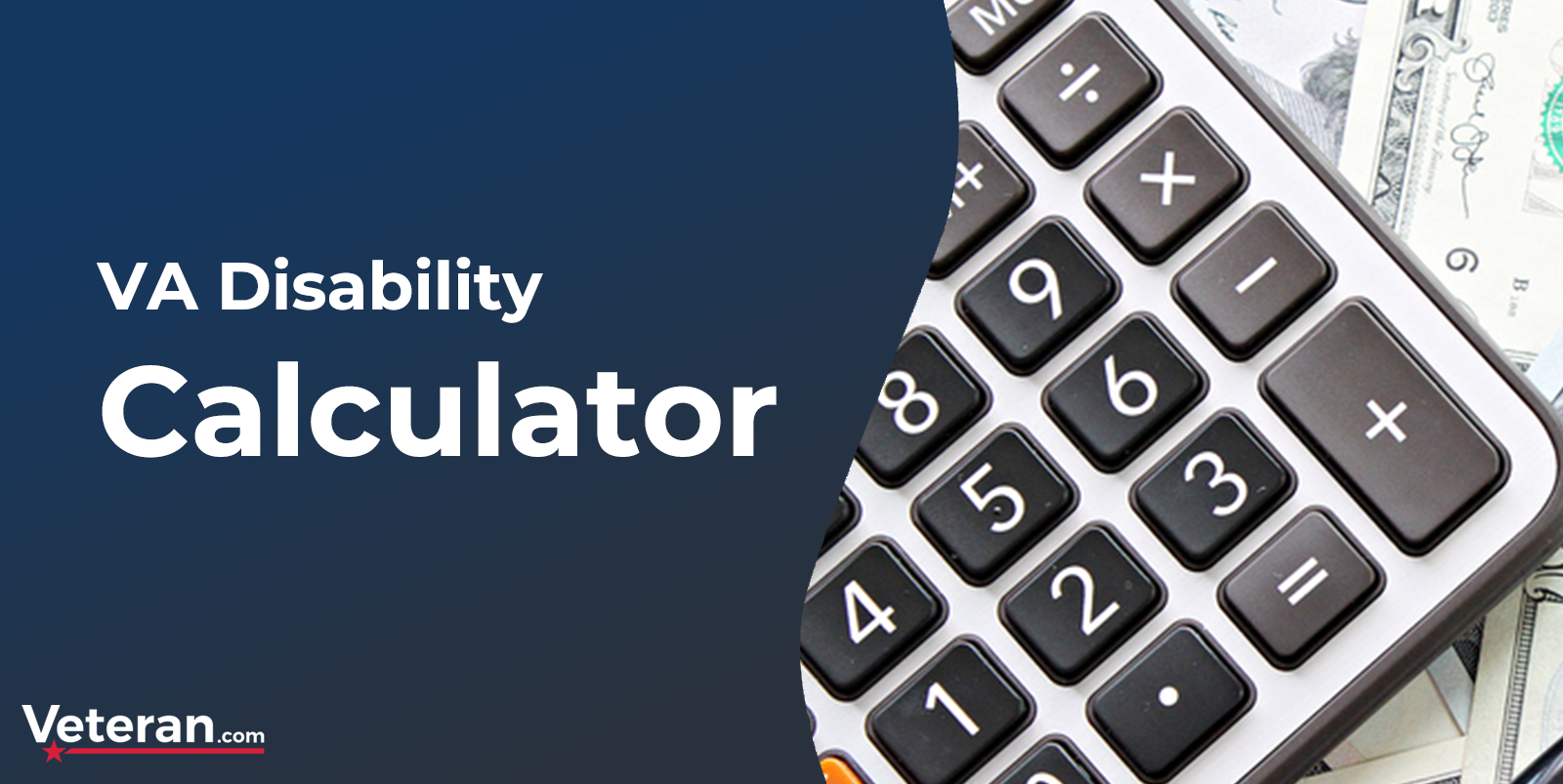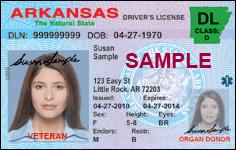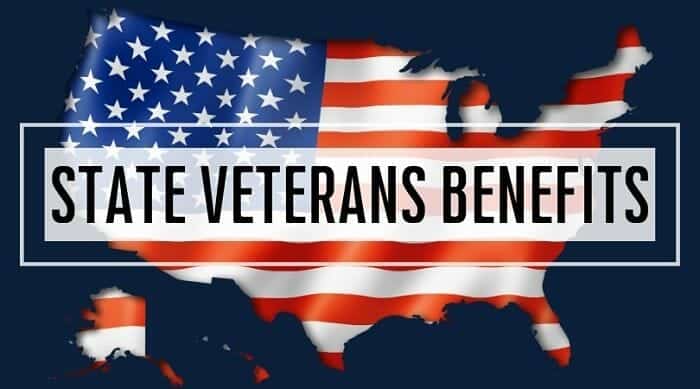VA Loan: How Much Can I Afford?
Updated: April 28, 2022
VA loans provide eligible borrowers an outstanding mortgage option. With its zero-down nature, the loan program offers an affordable path to homeownership. But, as with any mortgage, borrowers need to measure home prices against their personal financial situation. As such, we’ll use this article to answer the question: with a VA loan, how much can I afford?

- VA Loan Overview
- Factors Affecting How Much VA Loan You Can Afford
- Additional VA Loan Affordability Considerations
- Final Thoughts
VA Loan Overview
In its original form, the VA loan offered troops returning from World War II an affordable mortgage option. Today, the Department of Veterans Affairs administers the loan program. But, in this capacity, the VA doesn’t actually lend money. Instead, it guarantees a portion of every loan issued by VA-approved lenders (e.g. banks, credit unions, mortgage companies, etc.).
This government guarantee reduces risk for these lenders. More precisely, if a borrower defaults, the VA will reimburse the lender a portion of the outstanding loan balance. Due to this reduced risk, lenders can offer the below outstanding terms for VA loans:
- No down payment required
- No private mortgage insurance (PMI) required
- Low interest rates
- Streamlined refinancing option via the Interest Rate Reduction Refinance Loan (IRRRL)
Factors Affecting How Much VA Loan You Can Afford
However, not requiring a down payment doesn’t mean borrowers can afford as large of a VA loan as they’d like. Rather, the VA imposes clear guidelines on how much an individual can borrow, depending on his or her overall financial picture. And, by understanding these guidelines, qualified borrowers can determine how large of a VA loan they can afford.
VA Loan Debt-to-Income Ratio
The primary metric influencing the size of a VA loan is known as debt-to-income ratio, or DTI. Mathematically, you can determine your DTI by taking all of your monthly debt payments (including your future mortgage payment) and dividing that total by your monthly gross (pre-tax) income.
For example, say you have a $250 car payment, $250 in student loan payments, and a $1,500 mortgage for $2,000 total ($250 + $250 + $1,500). Now, assume you have $3,500 in gross monthly salary plus $1,500 in BAH for $5,000 total ($3,500 + $1,500). In this example, your DTI would be 40% ($2,000 in monthly debt payments / $5,000 in monthly gross income).
According to the VA, borrowers meet lending criteria with DTIs up to 41%. While borrowers with ratios greater than 41% can qualify, these loans require far more scrutiny by the VA.
Having explained how DTI calculations work, we’ll outline how borrowers can determine their maximum monthly payments. First, you need to add up your total monthly gross income. Assume it’s $6,000. Next, you need to multiply that number by 41%. This gives you the maximum amount of monthly total debt payments you can have. In this case, $6,000 x 41% equals $2,460.
But, remember, this total includes all of your monthly debt payments. As such, you next need to deduct all of your non-mortgage payments. For instance, assume you have a $460 monthly car payment. Now, you know that your total mortgage payment (principal, interest, insurance, property tax, and, if relevant, homeowner’s association fees) cannot exceed $2,000 ($2,460 – $460).
Determining Loan Affordability
Once you know the total amount you can spend on monthly mortgage payments, you can calculate how large of a VA loan you can afford. But, this requires some assumptions about interest rates, insurance, and property taxes (assume for example’s sake no HOA payments). And, your loan officer can help you estimate these separate payments. For this example, assume the following:
- Property taxes (monthly): $200
- Insurance (monthly): $80
- Interest rate on a 30-year loan: 3.5%
Now, you need to subtract the $280 in monthly property tax and insurance payments ($200 + $80) from your maximum mortgage payment: $2,000 – $280 = $1,720. This means that your loan’s monthly principal and interest payments cannot exceed $1,720. Using this total, the 30-year loan term, and the assumed interest rate of 3.5% you can use a mortgage calculator (or Excel “pv” function) to determine your maximum loan amount, in this case, approximately $380,000. And, as VA loans require no down payment, this means you could potentially afford a $380,000 home.
Individual Lender Requirements
But, as discussed, the VA sets some home loan requirements, but it doesn’t actually lend money. Accordingly, borrowers must also meet lender requirements. In other words, just because you meet VA DTI criteria to borrow $380,000 doesn’t mean your lender will actually approve a loan of that size.
Lenders also impose credit score, income, cash-on-hand, and employment history/stability requirements. Borrowers must meet these requirements in addition to the VA ones in order to qualify for a loan. And, while the VA doesn’t mandate a minimum credit score, many lenders will want to see FICO scores of at least 620.
Bottom line, to determine how much of a VA loan you can afford, you’ll need to speak with a loan officer. Understanding the above DTI-related calculations will provide you a clear starting point, but a lender will confirm the specific loan amount for which you will qualify.
Additional VA Loan Affordability Considerations
Furthermore, before applying for a VA loan, borrowers should consider the following factors.
Can vs. Should
Just because you can borrow $450,000 (or whatever amount you qualify for) doesn’t mean you should. That is, you don’t have to borrow your maximum VA loan amount. Before taking out the largest possible mortgage, you should consider how those payments and the related property will affect the rest of your financial situation.
Ability to Save
For instance, borrowers shouldn’t forget about their other savings. Yes, paying down your mortgage principal builds wealth. But, at the same time, individuals shouldn’t take out so large of a loan that they can no longer afford to save elsewhere (e.g. retirement accounts, brokerage accounts, regular savings accounts, etc.).
Homes are inherently illiquid assets, meaning you can’t quickly convert the wealth in a property into cash. As such, people shouldn’t saddle themselves with huge mortgage payments that prevent them from saving money in other vehicles. You always should have some savings set aside in an emergency fund that can be quickly accessed. Guidelines vary, but a conservative approach calls for an emergency fund totaling at least six months of your total monthly expenses. Regardless of what number you choose, paying your mortgage shouldn’t prevent you from maintaining this sort of account.
Maintaining a Financial Buffer
Related to emergency funds, taking out a smaller mortgage than you can currently afford provides you a financial buffer. Realistically, our financial situation changes over time. We have kids, spouses lose jobs, we separate from the military (and lose our BAH), someone gets sick, or any other number of scenarios.
When you take out the absolute largest mortgage you can afford, if one of these life events occurs, you’ll be ill prepared to absorb the financial hit.
VA Loan Funding Fee and Closing Costs
Borrowers should also consider the impact loan size has on VA funding fees and general loan closing costs. To offset the costs of the loan program, the VA imposes a funding fee ranging from 1.25% to 3.3% of the loan amount on purchase loans. Yes, you can roll this fee into your total loan amount and pay it off over time. But, you should still recognize that, the larger the loan, the larger the VA loan funding fee.
Additionally, borrowers need to pay other loan closing costs, most of which cannot be rolled into the loan balance. While these costs will vary with lender and location, a common rule of thumb calls for 3% of the loan amount in closing costs. And, borrowers need to pay most of these in cash at closing. That is, no down payment doesn’t mean no cash at closing. Borrowers need to plan for potentially paying thousands of dollars out-of-pocket in loan closing costs. Generally speaking, the smaller the mortgage, the smaller the out-of-pocket costs.
Final Thoughts
With a few assumptions, borrowers can use DTI-related calculations to estimate how much of a VA loan they can afford. This will serve as a solid “ballpark figure,” but individuals will need to work with a lender to confirm exactly how much they can afford. However, as the above considerations illustrate, qualifying for a large mortgage doesn’t mean you need to take out the maximum amount.
 Maurice “Chipp” Naylon spent nine years as an infantry officer in the Marine Corps. He is currently a licensed CPA specializing in real estate development and accounting.
Maurice “Chipp” Naylon spent nine years as an infantry officer in the Marine Corps. He is currently a licensed CPA specializing in real estate development and accounting.
Most Popular VA Loans and Mortgages Articles

VA Home Loan Guide

VA Loan Calculator

How to Refinance a VA Loan

VA Loan Certificate of Eligibility (COE)

2024 VA Loan Limits by County

Best VA Loan Lenders































































